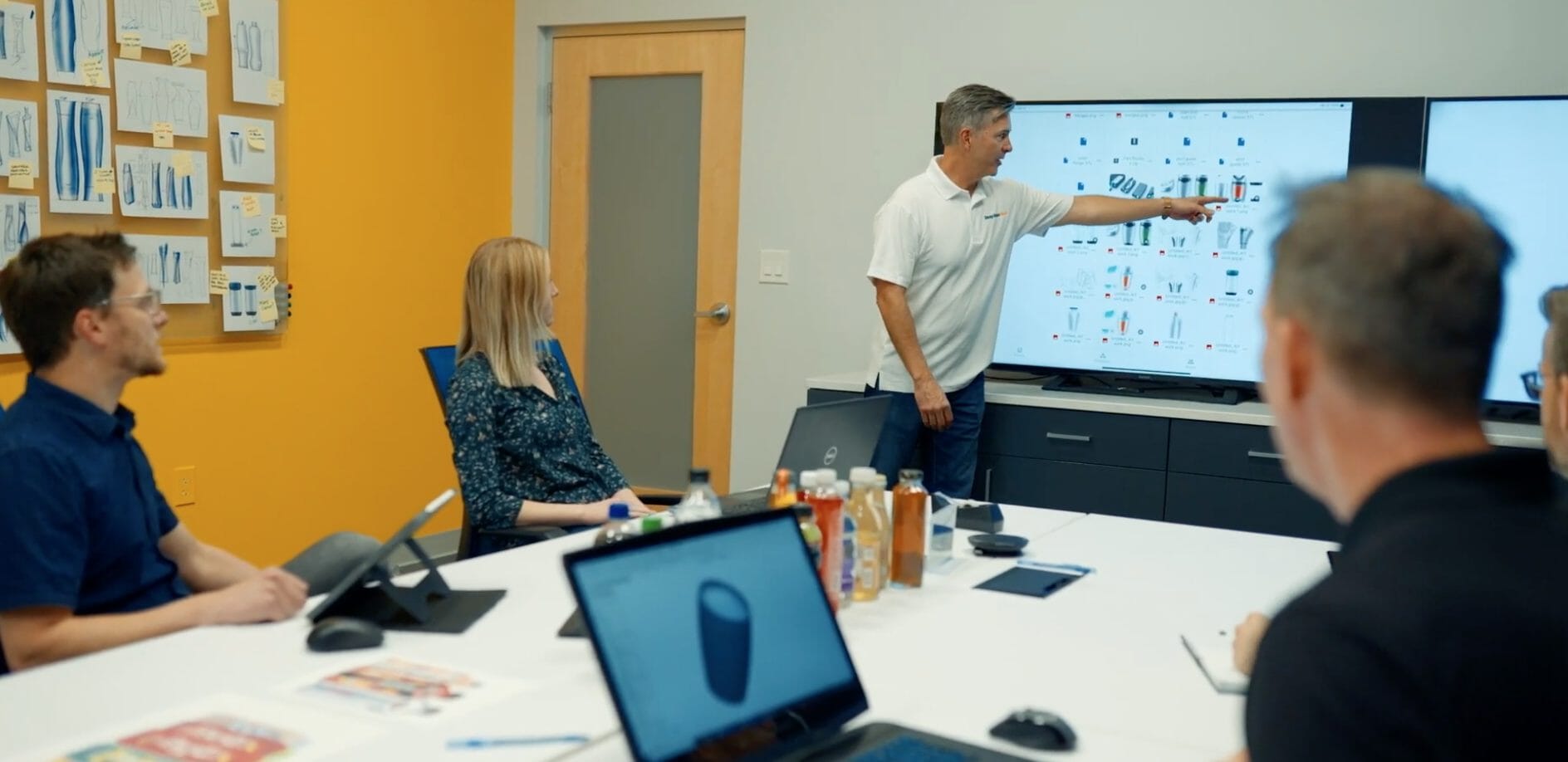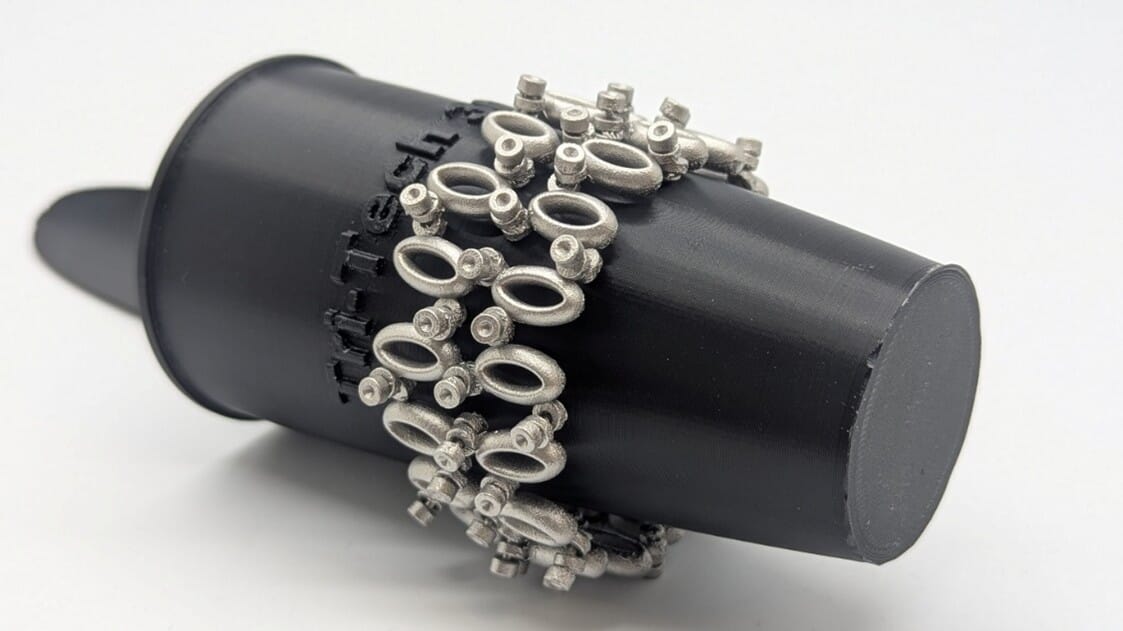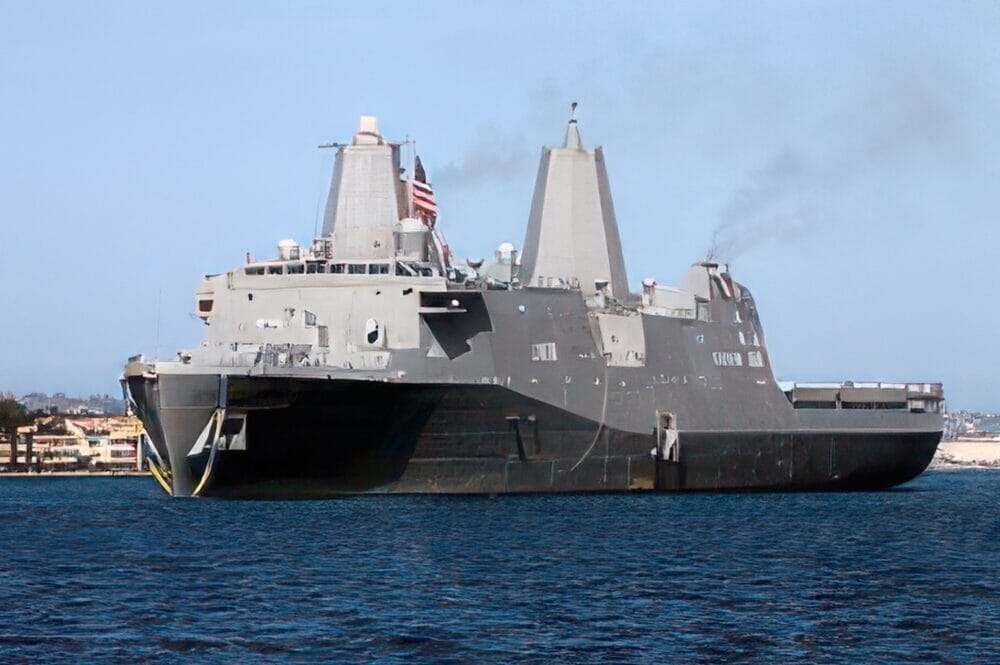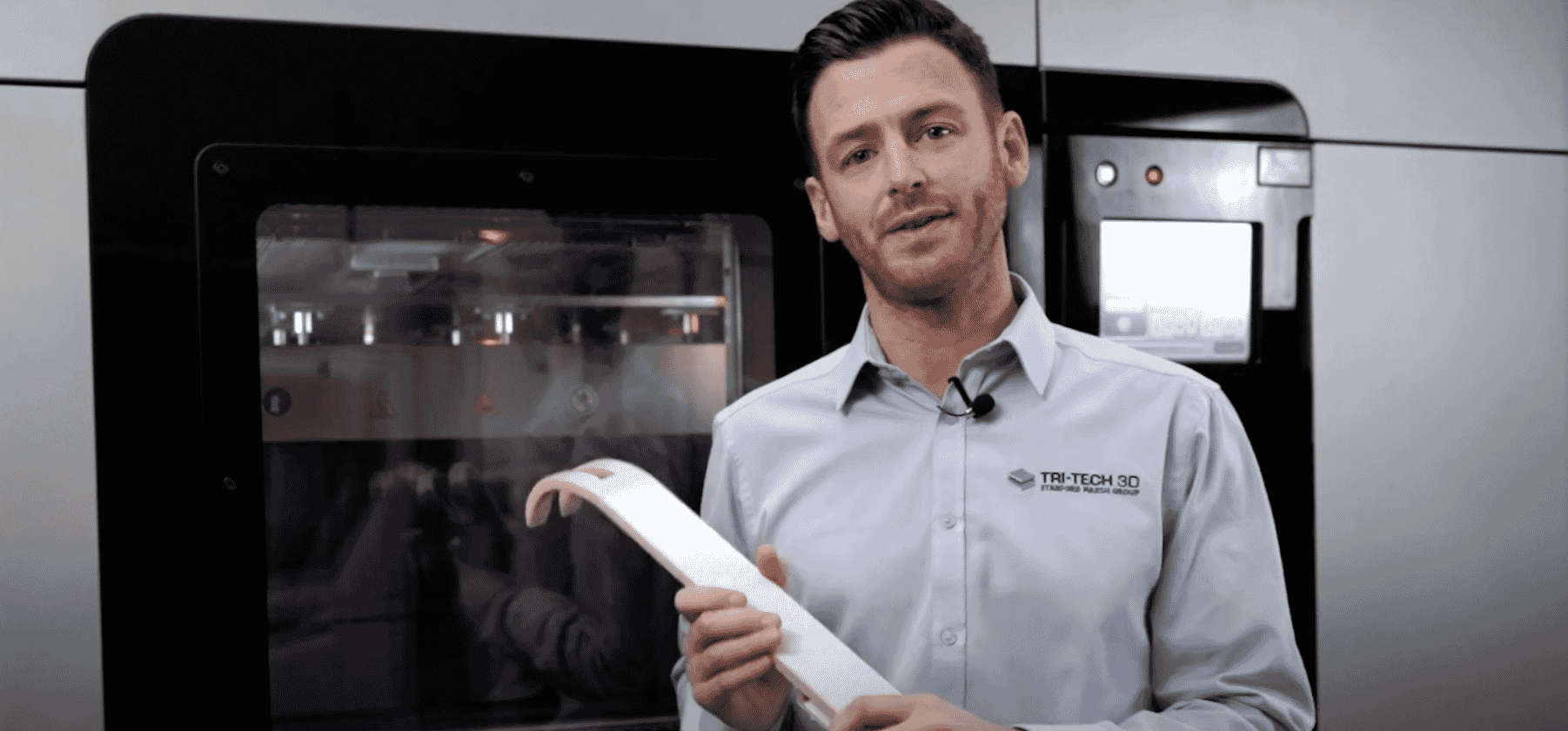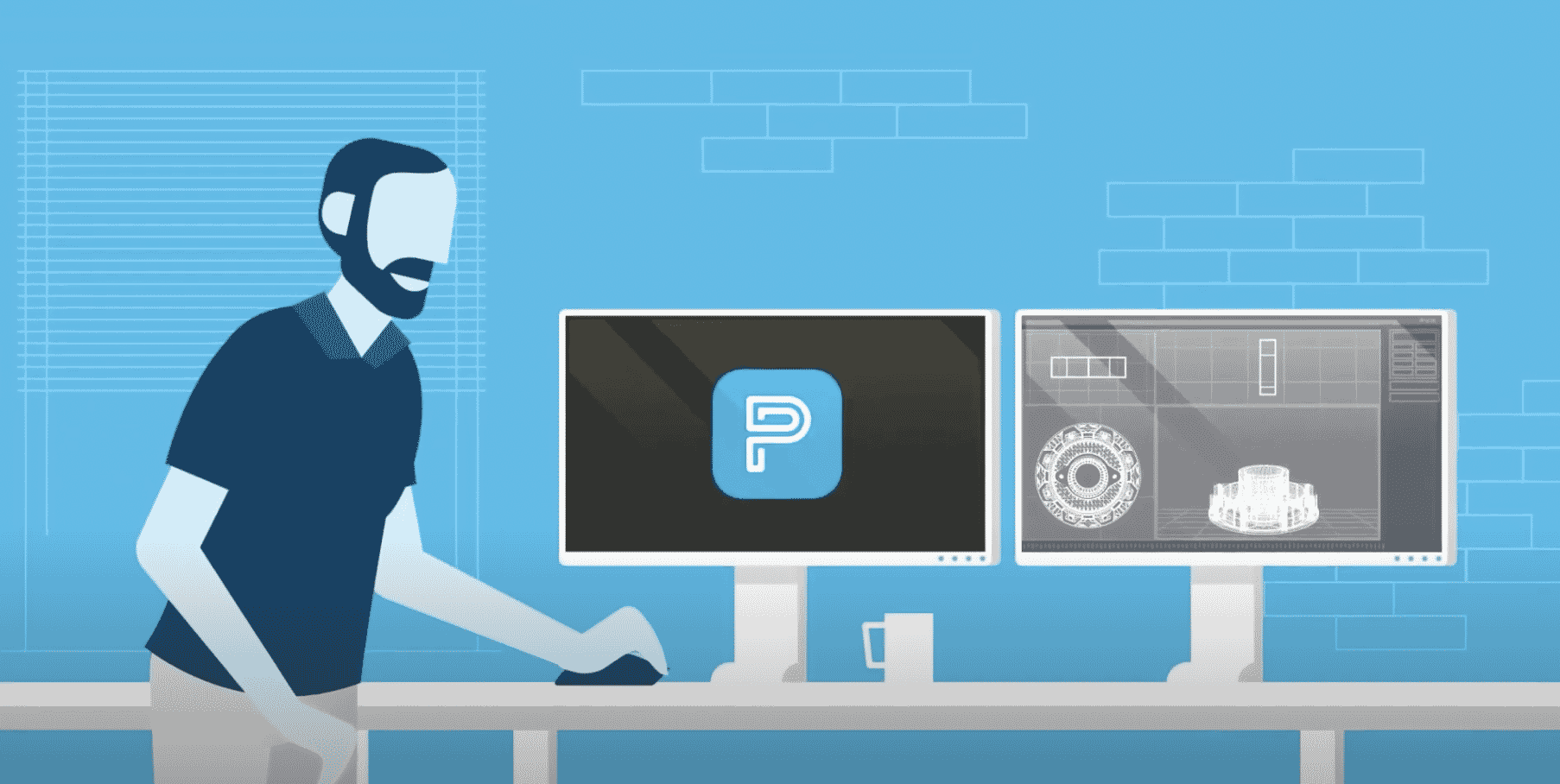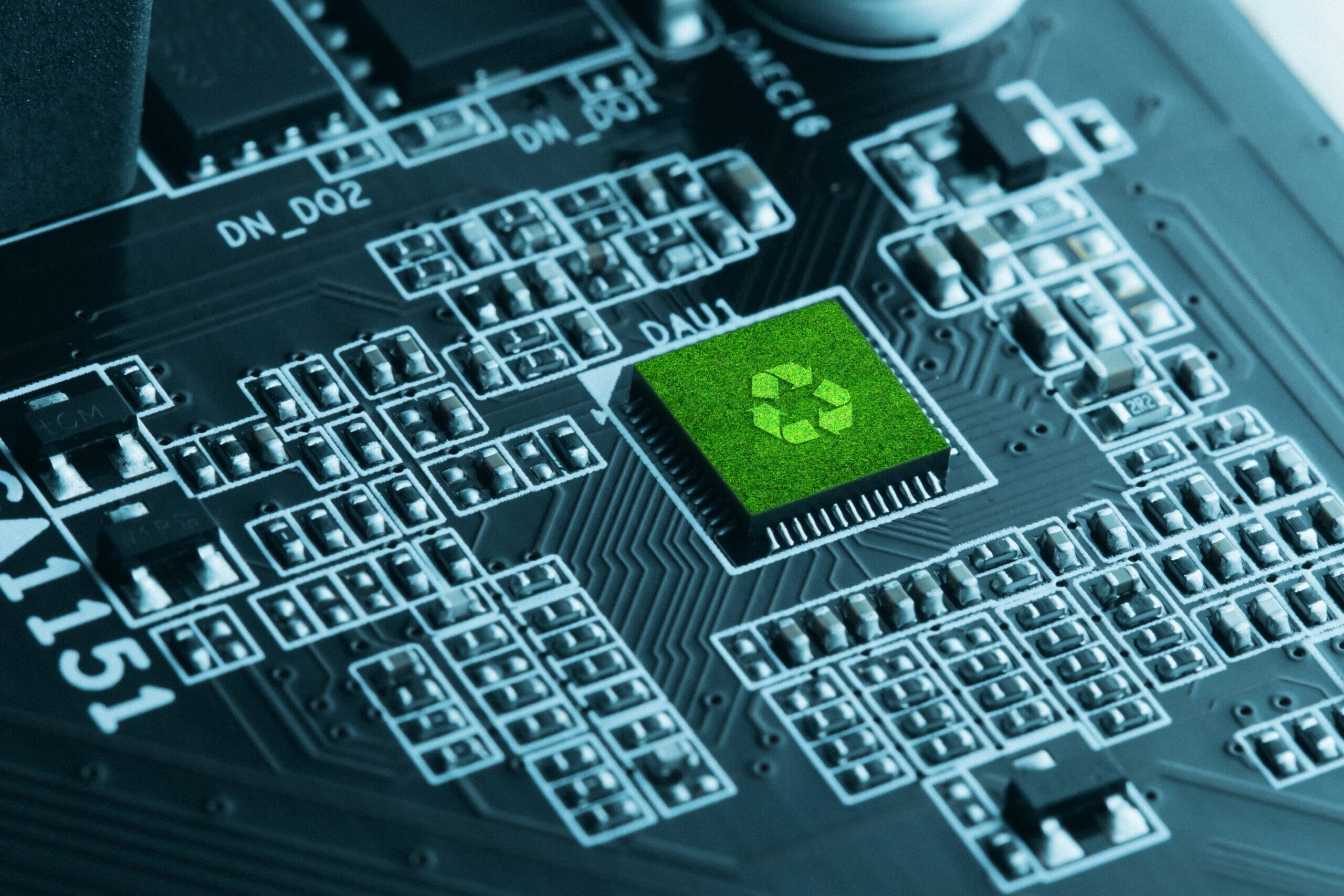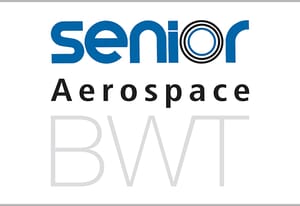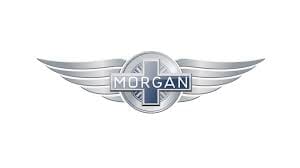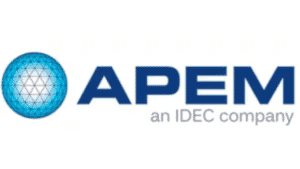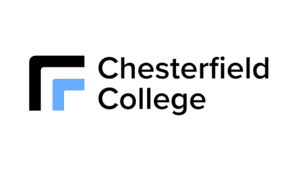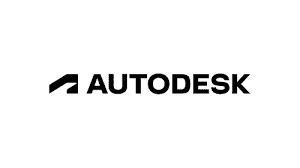The Role of AM in Transforming Packaging Solutions
The packaging industry is undergoing a significant transformation, thanks to the advancements in Additive Manufacturing (AM), also known as 3D printing. What was once a slow, expensive process reliant on traditional manufacturing methods is now becoming more efficient, cost-effective, and customisable through the use of AM.
When it comes to designing packaging, businesses need more than just digital models. Buyers need to feel the finished product in their hands, understand how it will appeal to consumers, and consider factors like transportation costs, merchandising, and ease of use. This is where Additive Manufacturing comes in as a game-changer, enabling businesses to develop realistic, tactile prototypes that can be quickly tested and adjusted.
As Tony Guard, Director of Innovation at Kinetic Vision, said:
Packaging can’t just sit on the shelf. It doesn’t just have to be noticed. It has to speak to that consumer in a very specific way.
With the help of 3D printing, packaging can do just that—be designed to resonate directly with the consumer while meeting the practical demands of production and distribution.
Faster Iterations, Better Design Decisions, and Quicker Time-to-Market
One of the greatest benefits of Additive Manufacturing for the packaging industry is its ability to speed up the design process. Traditional methods often involve a lot of back-and-forth between designers and manufacturers, leading to long lead times and higher costs. But with 3D printing, companies can produce packaging prototypes quickly, test multiple iterations, and make changes on the spot—sometimes within minutes. This agility allows for faster decision-making and helps bring products to market more rapidly.
Moreover, 3D printing gives designers the freedom to explore bold ideas without being held back by the constraints of traditional prototyping. It enables the creation of complex, high-transparency packaging that can incorporate full-colour graphics and even simulate natural materials like glass, wood, or marble. By leveraging an all-digital workflow, packaging designers can render sharp text, logos, and 2D labels directly onto the prototype, creating a model that looks and feels like the final product.
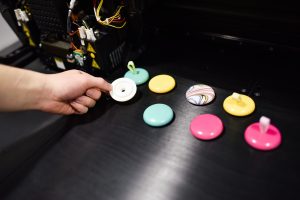
Stakeholders can see the results in hours, rather than waiting days or weeks. This allows companies to make more informed design decisions, resulting in packaging that’s not only visually appealing but also functional, practical, and tailored to specific consumer needs.
For an example of how 3D printing streamlines the design process, check out the work done by Quadpack, where Additive Manufacturing enabled the creation of complex, innovative packaging solutions that were brought to market faster and more efficiently.
Cost-Effective and Sustainable Packaging Solutions
Additive Manufacturing isn’t just about speed and customisation—it’s also about cost savings. In traditional packaging production, creating molds and tooling is often a costly and time-consuming part of the process. AM eliminates this need by enabling on-demand production, which means businesses can create as many or as few prototypes as they need without worrying about the costs associated with tooling.
This flexibility also allows for experimentation. Teams can test different designs, materials, and shapes without fear of going over budget. As a result, the focus can shift to creating packaging that delivers the greatest impact, both visually and in terms of functionality.
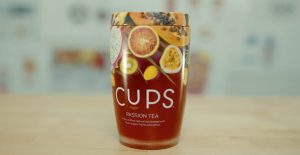
With AM, companies can also cut down on material waste during the prototyping phase. Traditional methods often require producing more than necessary, but 3D printing only uses the exact amount of material needed for each prototype, helping to reduce overall waste and contributing to a more sustainable packaging design process.
A New Era of Packaging Design
Additive Manufacturing is pushing the boundaries of what’s possible in the packaging industry. The ability to quickly produce realistic, high-quality packaging prototypes allows companies to test, iterate, and innovate like never before. Whether it’s creating eye-catching designs for special promotions or developing packaging that enhances consumer experience, AM is giving companies the tools they need to stay ahead in a competitive market.
Moreover, the technology’s capacity for detailed customisation and rapid production opens up new possibilities for packaging that truly speaks to the consumer. As Tony Guard’s quote from Kinetic Vision highlights, packaging isn’t just something that sits on a shelf; it’s a vital component of how a product connects with the consumer. AM allows brands to fine-tune that connection, helping packaging speak directly to its audience in a unique and engaging way.
As AM technology continues to evolve, we can expect to see even more innovative applications in packaging, from interactive smart packaging to fully recyclable solutions. For companies looking to stay at the cutting edge of design, incorporating 3D printing into their packaging process is no longer just an option—it’s a necessity.
With the right approach, AM can streamline the entire packaging design process, allowing companies to deliver products that not only look great but also meet the practical needs of today’s marketplace. In a world where packaging plays a critical role in consumer decision-making, Additive Manufacturing is quickly becoming the future of the industry.

